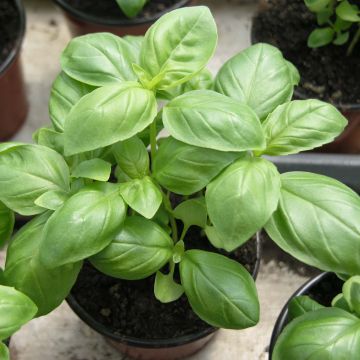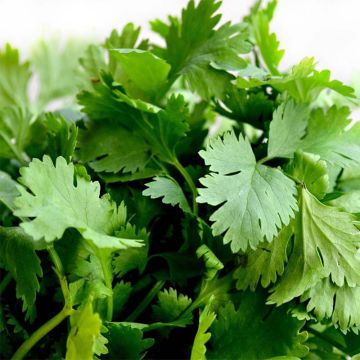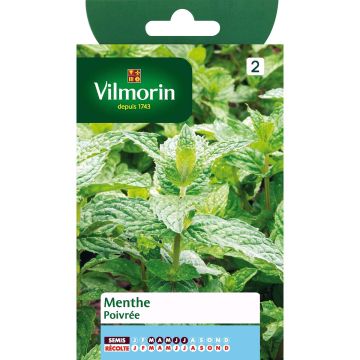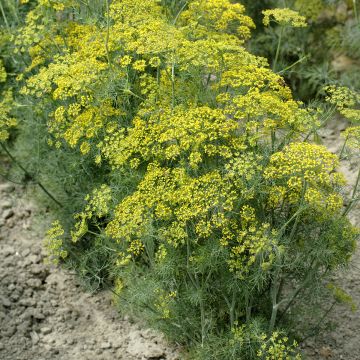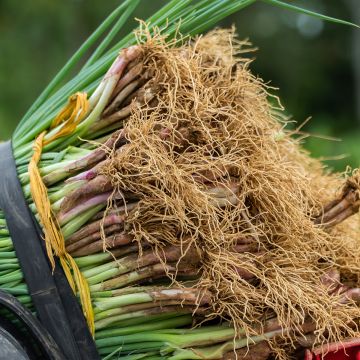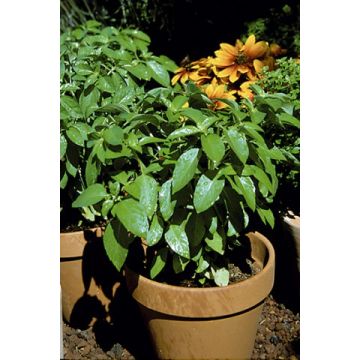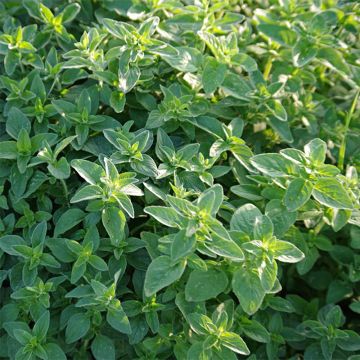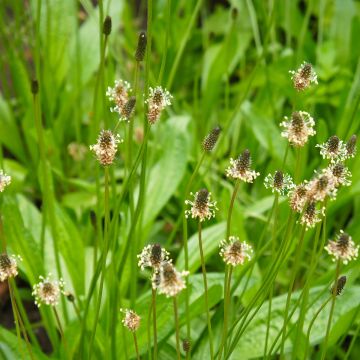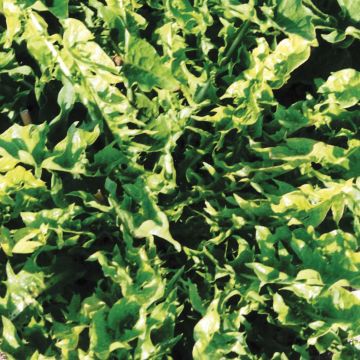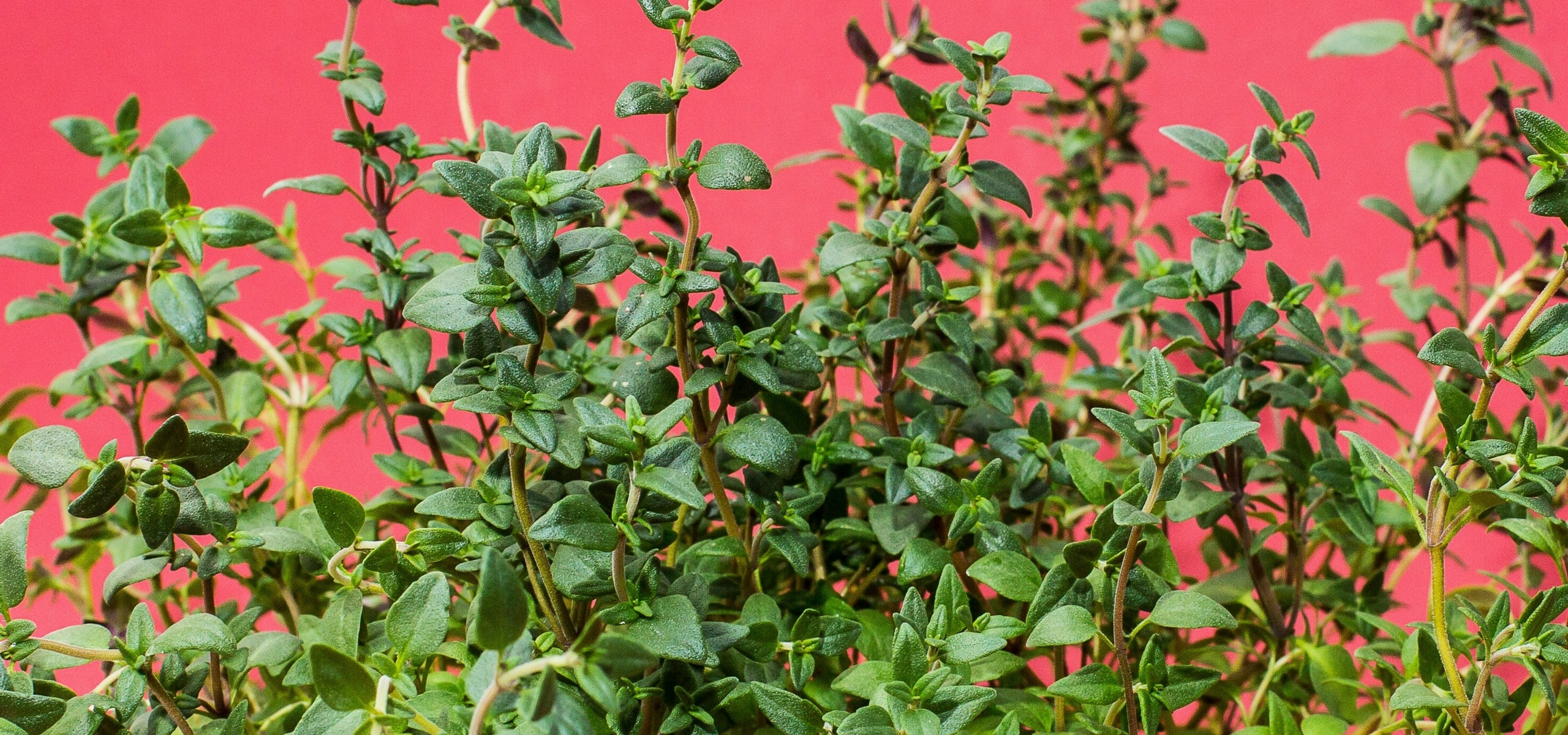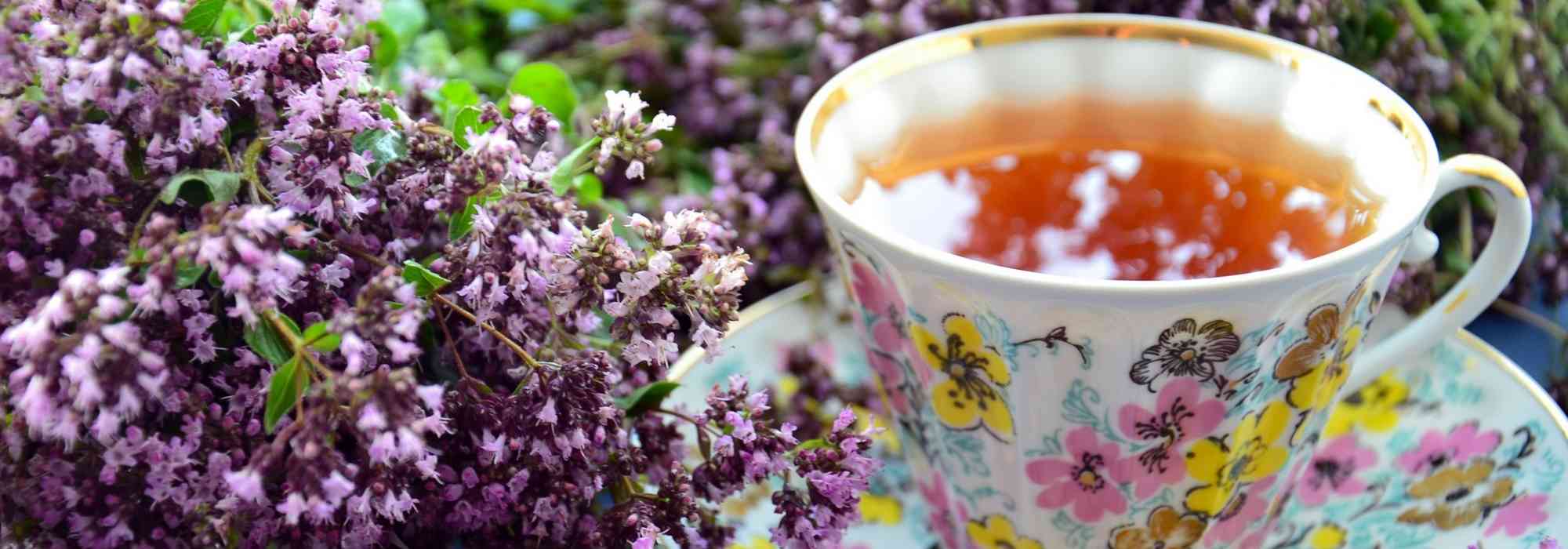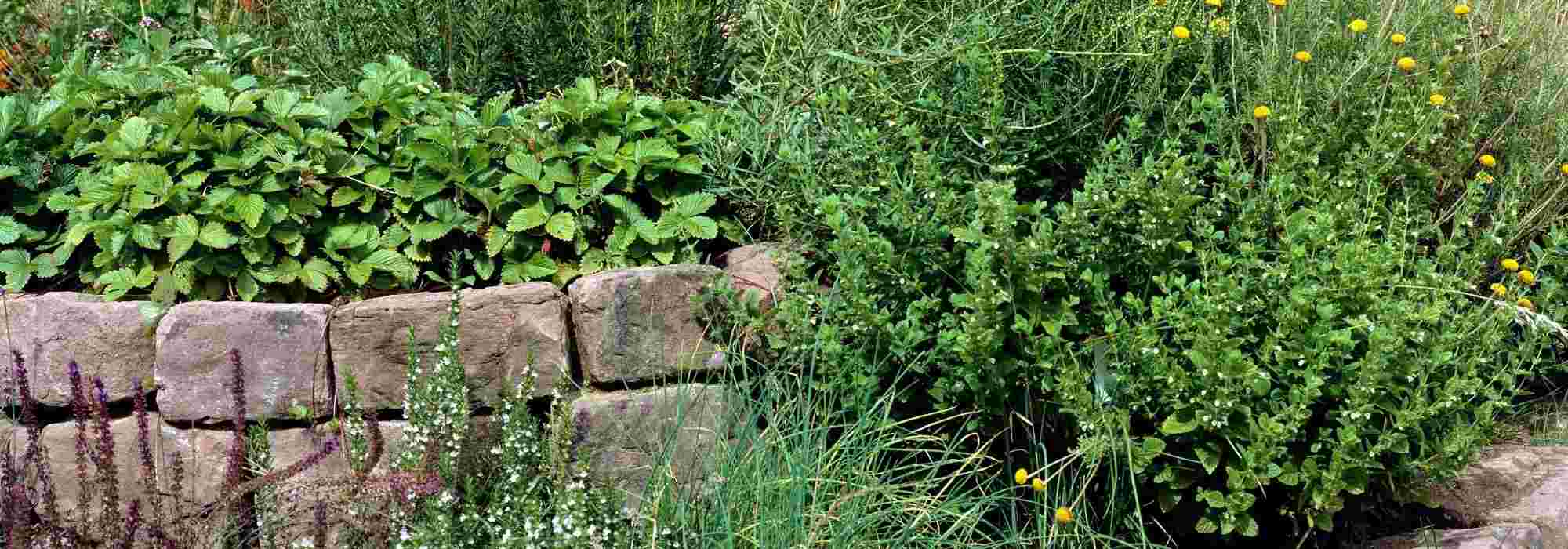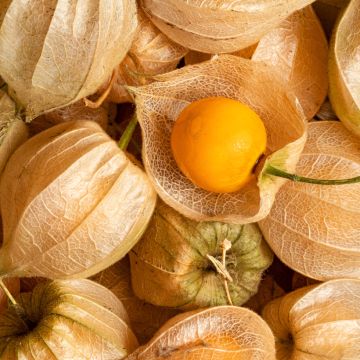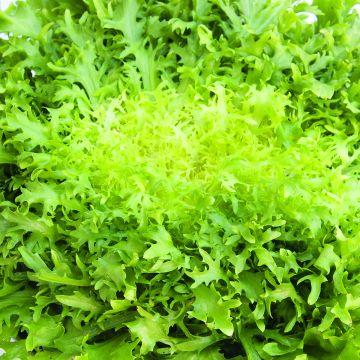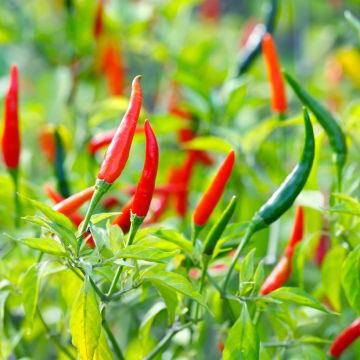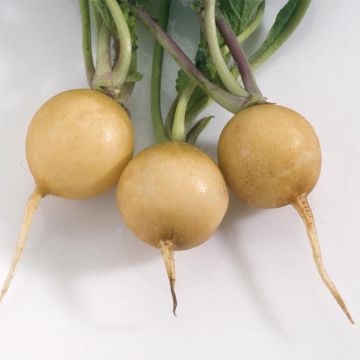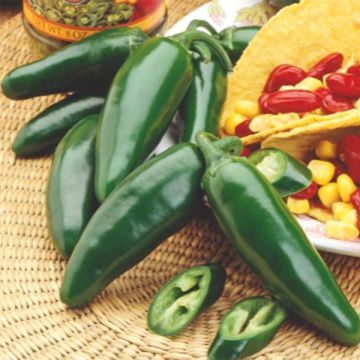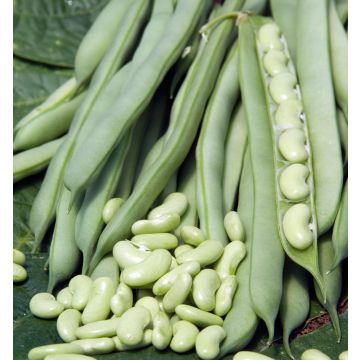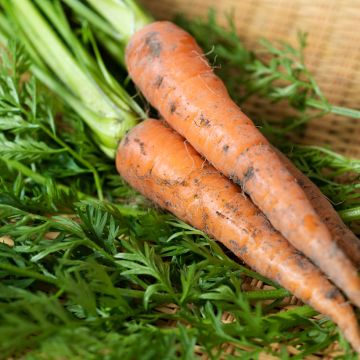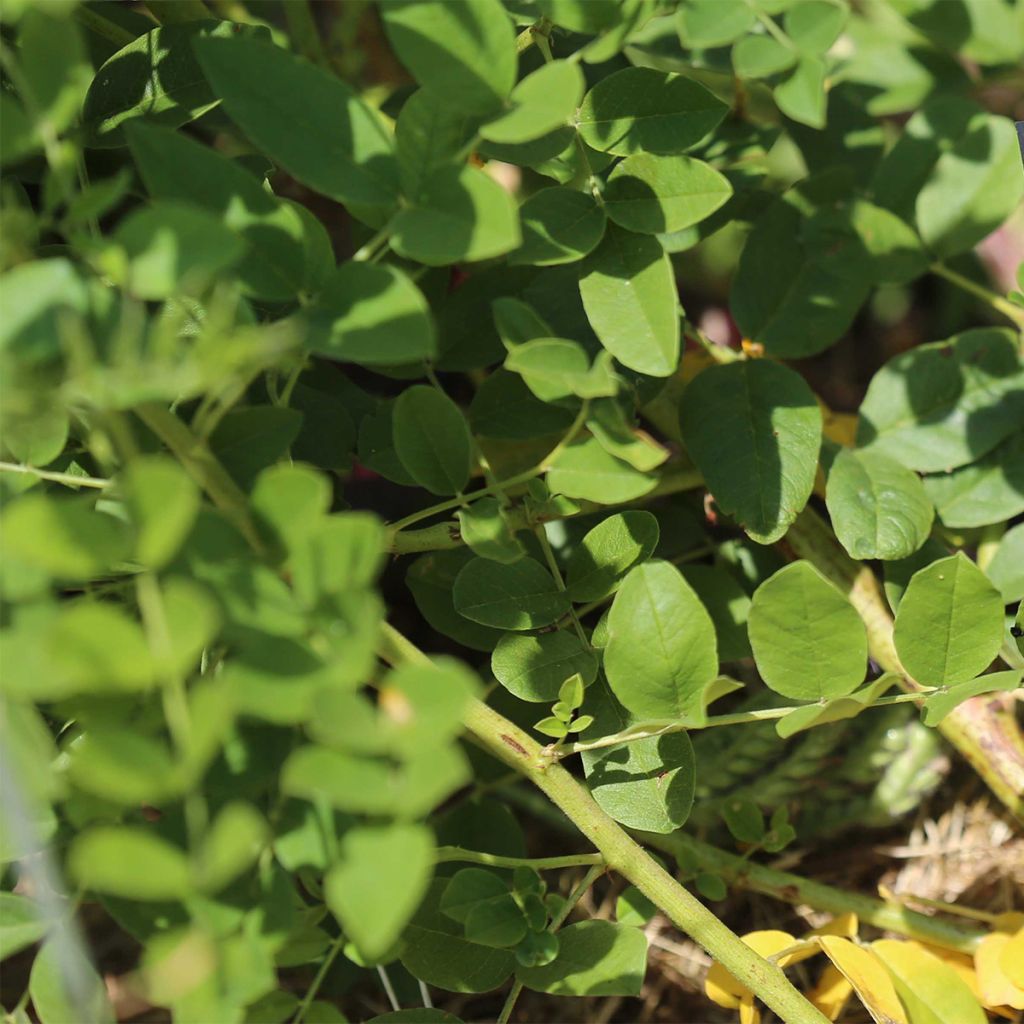

Réglisse NT - Ferme de Sainte Marthe


Réglisse NT - Ferme de Sainte Marthe
Glycyrrhiza glabra
Glycyrrhiza glabra
Liquorice, Licorice
I managed to germinate the 8 seeds by suffocating them. I am delighted at the moment. I placed them on a heating system from time to time, and it helped a lot. I think the first seed germinated in 5 days, and the others followed within 1 week.
Alisson, 05/05/2021
Special offer!
Receive a €20 voucher for any order over €90 (excluding delivery costs, credit notes, and plastic-free options)!
1- Add your favorite plants to your cart.
2- Once you have reached €90, confirm your order (you can even choose the delivery date!).
3- As soon as your order is shipped, you will receive an email containing your voucher code, valid for 3 months (90 days).
Your voucher is unique and can only be used once, for any order with a minimum value of €20, excluding delivery costs.
Can be combined with other current offers, non-divisible and non-refundable.
Home or relay delivery (depending on size and destination)
Schedule delivery date,
and select date in basket
This plant carries a 6 months recovery warranty
More information
We guarantee the quality of our plants for a full growing cycle, and will replace at our expense any plant that fails to recover under normal climatic and planting conditions.
Description
Liquorice, Glycyrrhiza glabra in Latin, is a perennial plant cultivated for its fragrant and sweet root which, once dried, is traditionally consumed in the form of sticks. It is also used to flavour desserts and exotic dishes. More suitable for warm climates, this plant can reach a height of 1.5 metres (5 feet) and a width of 1 metre (3 feet). Sow from March to June.
Originally from the Mediterranean and belonging to the Fabaceae family, Liquorice gets its name from the Greek words Glucus and Riza, which respectively mean Sweet and Root. It is known by different names: Sweet Wood, Sweet Stick, Sweet Root, or Liquorice. It is a rhizomatous plant cultivated for its roots. Used since ancient times in Chinese and traditional medicine for their medicinal properties, they are now more commonly known as sweets.
Liquorice is a deciduous perennial plant with a bushy habit that can reach a height of 1.5 metres (5 feet) if the location suits it. It bears large compound leaves, from 7 to 15 centimetres (3 to 6 inches), with 9 to 17 leaflets. Its flowering occurs in late summer in the form of pea-like flowers, mauve to violet in colour.
In cuisine, pieces of the root are used to infuse desserts, Chinese soups, and even hot milk. As a decoction, liquorice helps with difficult digestion and stomach aches. In the form of sticks, its root is chewed, bringing back a hint of nostalgia for some!
Although hardy, Liquorice has retained from its Mediterranean origins a certain requirement for warmth. It thrives in full sun and in rich, deep, and well-drained soil. Liquorice likes to have its feet cool, so remember to generously mulch it to protect it from summer drought as well as winter cold.
In the garden, you should plant it in isolation, in a fairly open space because when it is happy, it tends to become invasive: it forms very long roots, and once harvested, each segment left in the ground can give rise to a new plant.
Harvest: The first liquorice harvest takes place in summer or autumn of the 3rd year following its sowing. It is done by digging up the roots with a garden fork. It is recommended not to harvest more than a quarter of the roots.
Storage: Once brushed, washed, and thoroughly dried, liquorice roots can be stored in a dry bag.
Gardener's tip: To limit watering, we recommend mulching the soil with thin successive layers of grass clippings, if possible mixed with dead leaves. This protection, which keeps the soil moist, also reduces weeding.
Untreated or "NT" seeds come from conventionally grown plants (often using pesticides), but they undergo no treatment after harvest. These seeds are allowed in organic market gardening when organic seeds are out of stock.
Report an error about the product description
Harvest
Plant habit
Foliage
Botanical data
Glycyrrhiza
glabra
Fabaceae
Liquorice, Licorice
Mediterranean
Perennial
Other Herb seeds
View all →Planting and care
Sowing:
Sowing is done from March to June, at 15°C (59°F), in buckets filled with good seed compost that will be placed in full light. The germination is quite random, it can take a few days to a few weeks, so be patient!
You will improve the germination rate by soaking the seeds in hot water for 24 hours.
The young plants are planted in the garden in the following spring after overwintering in a cold frame. They should be given a substantial space, at least 1 m2.
Cultivation:
Although hardy, Licorice has retained some heat requirements from its origins. It will thrive in full sun and in rich, deep, and well-drained soil. Licorice likes to have its feet cool, so remember to generously mulch it to protect it from both summer drought and winter cold. It is a fairly demanding plant, so remember to add compost before planting and every year afterwards.
Seedlings
Care
Intended location
Planting & care advice
-
, onOrder confirmed
Reply from on Promesse de fleurs
Similar products
Haven't found what you were looking for?
Hardiness is the lowest winter temperature a plant can endure without suffering serious damage or even dying. However, hardiness is affected by location (a sheltered area, such as a patio), protection (winter cover) and soil type (hardiness is improved by well-drained soil).

Photo Sharing Terms & Conditions
In order to encourage gardeners to interact and share their experiences, Promesse de fleurs offers various media enabling content to be uploaded onto its Site - in particular via the ‘Photo sharing’ module.
The User agrees to refrain from:
- Posting any content that is illegal, prejudicial, insulting, racist, inciteful to hatred, revisionist, contrary to public decency, that infringes on privacy or on the privacy rights of third parties, in particular the publicity rights of persons and goods, intellectual property rights, or the right to privacy.
- Submitting content on behalf of a third party;
- Impersonate the identity of a third party and/or publish any personal information about a third party;
In general, the User undertakes to refrain from any unethical behaviour.
All Content (in particular text, comments, files, images, photos, videos, creative works, etc.), which may be subject to property or intellectual property rights, image or other private rights, shall remain the property of the User, subject to the limited rights granted by the terms of the licence granted by Promesse de fleurs as stated below. Users are at liberty to publish or not to publish such Content on the Site, notably via the ‘Photo Sharing’ facility, and accept that this Content shall be made public and freely accessible, notably on the Internet.
Users further acknowledge, undertake to have ,and guarantee that they hold all necessary rights and permissions to publish such material on the Site, in particular with regard to the legislation in force pertaining to any privacy, property, intellectual property, image, or contractual rights, or rights of any other nature. By publishing such Content on the Site, Users acknowledge accepting full liability as publishers of the Content within the meaning of the law, and grant Promesse de fleurs, free of charge, an inclusive, worldwide licence for the said Content for the entire duration of its publication, including all reproduction, representation, up/downloading, displaying, performing, transmission, and storage rights.
Users also grant permission for their name to be linked to the Content and accept that this link may not always be made available.
By engaging in posting material, Users consent to their Content becoming automatically accessible on the Internet, in particular on other sites and/or blogs and/or web pages of the Promesse de fleurs site, including in particular social pages and the Promesse de fleurs catalogue.
Users may secure the removal of entrusted content free of charge by issuing a simple request via our contact form.
The flowering period indicated on our website applies to countries and regions located in USDA zone 8 (France, the United Kingdom, Ireland, the Netherlands, etc.)
It will vary according to where you live:
- In zones 9 to 10 (Italy, Spain, Greece, etc.), flowering will occur about 2 to 4 weeks earlier.
- In zones 6 to 7 (Germany, Poland, Slovenia, and lower mountainous regions), flowering will be delayed by 2 to 3 weeks.
- In zone 5 (Central Europe, Scandinavia), blooming will be delayed by 3 to 5 weeks.
In temperate climates, pruning of spring-flowering shrubs (forsythia, spireas, etc.) should be done just after flowering.
Pruning of summer-flowering shrubs (Indian Lilac, Perovskia, etc.) can be done in winter or spring.
In cold regions as well as with frost-sensitive plants, avoid pruning too early when severe frosts may still occur.
The planting period indicated on our website applies to countries and regions located in USDA zone 8 (France, United Kingdom, Ireland, Netherlands).
It will vary according to where you live:
- In Mediterranean zones (Marseille, Madrid, Milan, etc.), autumn and winter are the best planting periods.
- In continental zones (Strasbourg, Munich, Vienna, etc.), delay planting by 2 to 3 weeks in spring and bring it forward by 2 to 4 weeks in autumn.
- In mountainous regions (the Alps, Pyrenees, Carpathians, etc.), it is best to plant in late spring (May-June) or late summer (August-September).
The harvesting period indicated on our website applies to countries and regions in USDA zone 8 (France, England, Ireland, the Netherlands).
In colder areas (Scandinavia, Poland, Austria...) fruit and vegetable harvests are likely to be delayed by 3-4 weeks.
In warmer areas (Italy, Spain, Greece, etc.), harvesting will probably take place earlier, depending on weather conditions.
The sowing periods indicated on our website apply to countries and regions within USDA Zone 8 (France, UK, Ireland, Netherlands).
In colder areas (Scandinavia, Poland, Austria...), delay any outdoor sowing by 3-4 weeks, or sow under glass.
In warmer climes (Italy, Spain, Greece, etc.), bring outdoor sowing forward by a few weeks.































